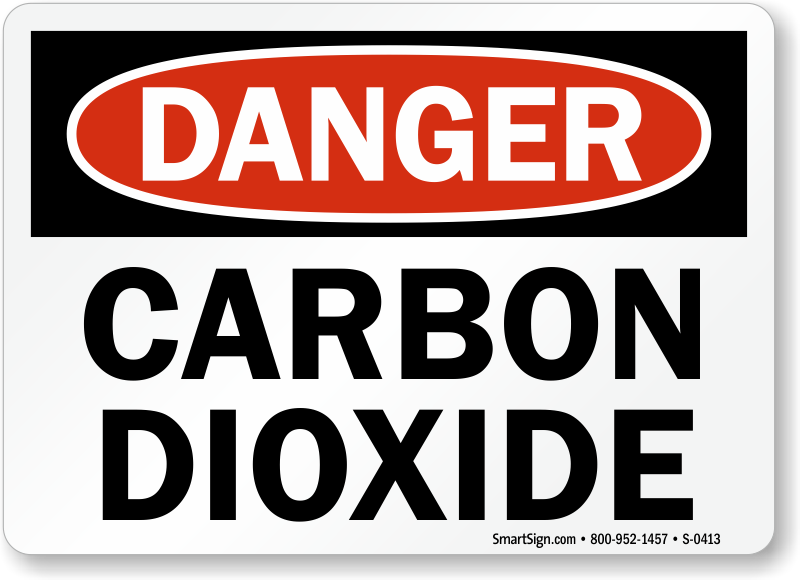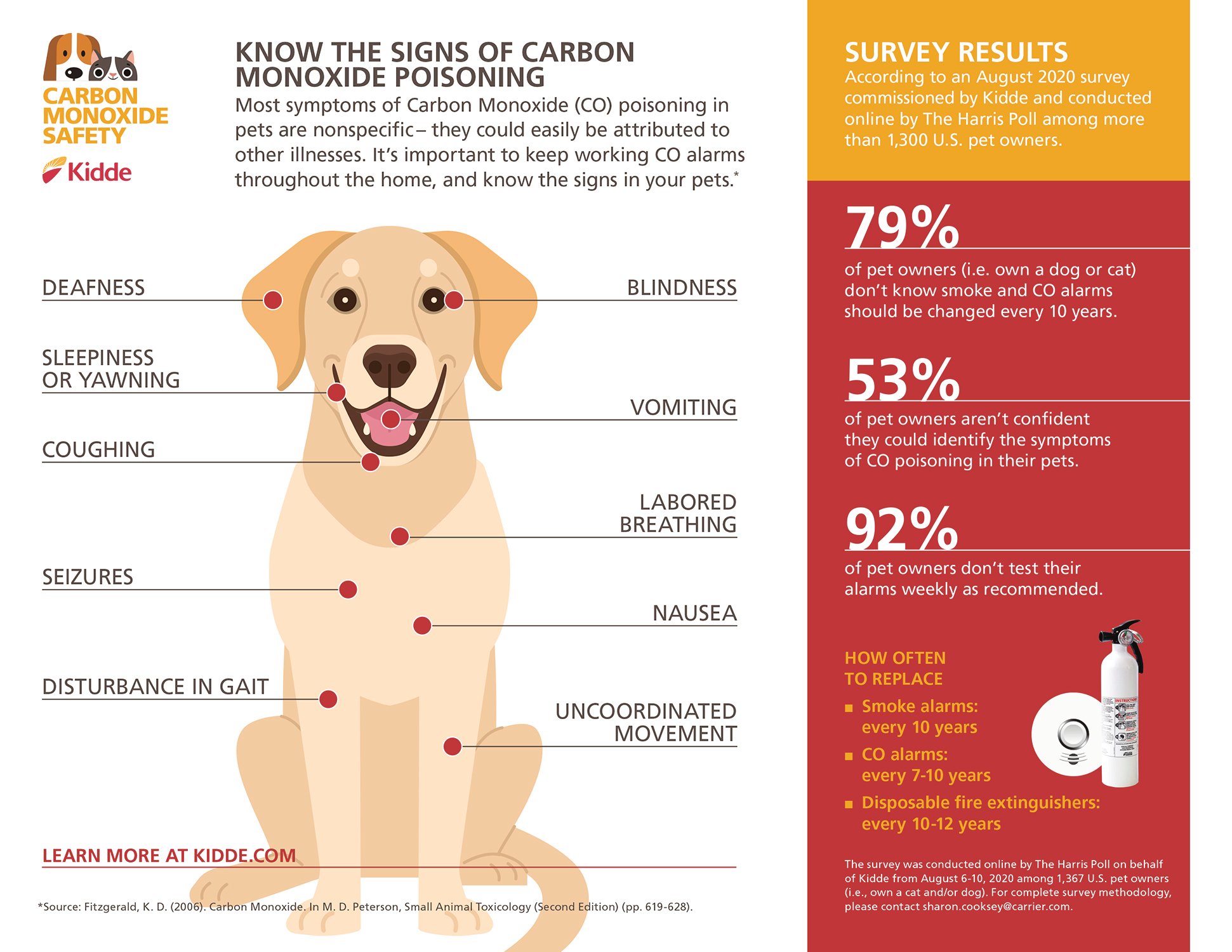

The study focused on 239 babies from New Jersey who died of SIDS between 19. A study published in the medical journal Pediatrics in November 2006 also linked bed sharing to several SIDS risk factors. The American Academy of Pediatrics (AAP) agrees, saying that bed sharing is more hazardous to babies than sleeping in their own cribs. The Mayo Clinic says that adult beds are not safe for babies because they can become trapped and suffocate between headboard slats, the space between the mattress and bed frame, or between the mattress and the wall. Many health organizations, including the National Institute of Child Health and Human Development, urge parents never to sleep with infants. Whether adults should sleep in the same bed with their babies is a controversial issue. It just hurts us so bad to think about it even now. Sometimes I wonder if newspaper writers even know how much damage their stupid assumptions do to people, and how cruel they are when they write things they know nothing about. That's what happens with SIDS babies-they just die and no one knows why. Neither of us rolled over on Justin-he was on the other side of the bed! And there weren't blankets on his face or anything like that. The bed was huge and there was plenty of room for the babies and us. “It was just not true,” says Jessica,Īnd it killed us to read that. Since the cause of the baby's death was not immediately known, newspaper articles speculated that Justin could have suffocated while sleeping in the same bed as his parents. The Tamblins' grief over losing their baby was worsened by all the publicity that followed his death. For parents who desperately want answers, hearing something like that can leave you feeling pretty hollow inside. If they can't find anything that went wrong, they chalk it up to SIDS.

But it really didn't do much to comfort us because the fact is, SIDS is a “nothing” diagnosis. In one way we were relieved to know it wasn't our fault, that there was no way we could have kept him from dying.

We wondered, how could this happen? Why did our baby die? Could we have done something to save him?” 19When the cause of death was ruled to be SIDS, the Tamblins had mixed feelings, as Jessica explains: “It is impossible to describe the gut-wrenching pain Ed and I went through,” she says. She still cannot help crying whenever she talks about it. His parents were devastated, feeling as though their happy life had suddenly been shattered.Īlthough years have passed since Justin's tragic death, Jessica Tamblin says that horrible day is permanently etched in her mind. At the age of seven months, Justin was dead. They called 911 and tried to resuscitate him, but they could not.
#Sids carbon dioxide poisoning skin
His skin was cold to the touch, and when they picked him up, he was unresponsive. The Tamblins woke up in the morning and found one of the twins, Justin, unusually still and silent. Everything about their lives seemed to be going well, and they were very happy-until June 2000 when tragedy struck. They spent their days enjoying the sun and water, and at night they slept together at night in a large bed. After their twin boys were born, the four of them often stayed on the boat. For years they have docked their cabin cruiser on a lake in Wisconsin, where they spend every weekend from late spring to early fall. Jessica and Ed Tamblin are boating enthusiasts who always look forward to the summer months. Perspectives on Bed Sharing “Back to Sleep” The Smoking Connection “Was It the Vaccines?” Will the Cause Be Found?


 0 kommentar(er)
0 kommentar(er)
